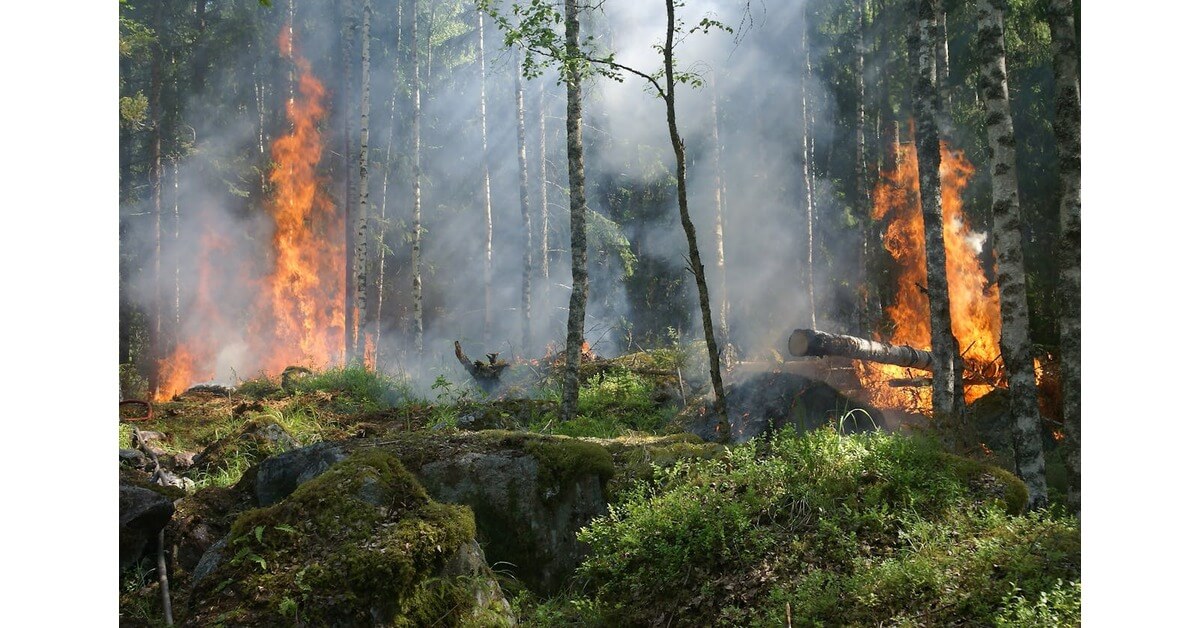Introduction to Underground Fires
Underground fires are an often overlooked but hazardous phenomenon. These fires occur beneath the earth’s surface, typically in areas with abundant coal, peat, or organic materials. Once ignited, they can smoke for days, weeks, or even years. But what causes these mysterious fires, and why are they a growing concern in places like Undergound Fire Nassau County Ny?
Overview of Nassau County, NY
Nassau County, located on Long Island in New York, is known for its bustling suburban communities and rich natural landscapes. However, some areas in the county are prone to environmental challenges, including the risk of underground fires. The county’s proximity to large swathes of land with organic material and human activity increases the likelihood of such fires.
Historical Context of Underground Fires in Nassau County
Underground fires are not new to Nassau County. The region has experienced a few notable incidents over the years. Historically, these fires were caused by improper waste disposal, industrial activities, or natural factors like lightning strikes. These occurrences have caused significant disruptions, including road closures and evacuations.
What Causes Underground Fires in Nassau County?
There are several reasons why underground fires occur in Nassau County:
Human Activities Contributing to Underground Fires
In areas where landfills, mining operations, or industrial waste disposal occur, the risk of underground fires increases. Improper waste management, such as the careless disposal of flammable materials, can ignite fires beneath the surface, which are difficult to extinguish.
Natural Factors Leading to Underground Fires
Aside from human activities, natural events like lightning strikes can trigger underground fires. These fires often spread slowly and unnoticed until they reach the surface, causing visible damage.
The Impact of Underground Fires on the Environment
Underground fires can wreak havoc on the environment. One of the most dangerous effects is the release of toxic gases, such as carbon monoxide, which can pollute the air and pose health risks to nearby residents. Additionally, underground fires lead to:
Air Pollution and Toxic Gases
When underground fires burn, they release pollutants that contaminate the atmosphere. Prolonged exposure to these gases can lead to serious respiratory issues, particularly in children and older people.
Soil Contamination and Degradation
The heat from underground fires can destroy the organic content of the soil, making it unfit for agriculture or plant growth. In Nassau County, areas affected by underground fires often experience long-term soil degradation.
Health Risks Posed by Underground Fires
The toxic fumes released by underground fires can lead to immediate and long-term health problems for residents. Symptoms may include difficulty breathing, coughing, and other respiratory issues. Long-term exposure can even result in more severe conditions like asthma or lung disease.
Detecting Underground Fires in Nassau County
Underground fires can be hard to detect, but there are a few key signs that indicate their presence:
Signs and Symptoms of an Underground Fire
If you notice hot ground temperatures, visible smoke emerging from cracks in the earth, or a sudden increase in carbon monoxide levels, there could be an underground fire nearby.
Technologies Used to Detect These Fires
Modern technology plays a vital role in detecting underground fires. Infrared imaging and ground temperature sensors are often used to identify fires below the surface.
Challenges in Extinguishing Underground Fires
One of the biggest challenges with underground fires is that they are tough to extinguish. Unlike surface fires, they often smoke in pockets beneath the ground for extended periods. Firefighters may face difficulty accessing the source of the fire, leading to prolonged firefighting efforts.
The Economic Impact of Underground Fires
Underground fires cause environmental damage and financial losses. Nassau County has faced high costs in combating these fires, with significant resources going into firefighting, property damage, and long-term environmental rehabilitation.
Preventive Measures for Underground Fires
Preventing underground fires requires a proactive approach. Both the government and local communities play critical roles in reducing the risk of these fires. Here are a few vital preventive strategies:
- Proper waste disposal regulations
- Routine monitoring of fire-prone areas
- Public education on fire risks and prevention
Case Study: A Major Underground Fire in Nassau County
One of the most notorious underground fires in Nassau County occurred in the early 2000s when a landfill caught fire. The blaze smoked for several weeks, resulting in widespread air pollution and requiring significant firefighting efforts. This incident highlighted the need for improved waste management practices in the area.
Government and Community Response
In response to the rising threat of underground fires, local authorities in Nassau County have implemented stricter waste disposal regulations and invested in monitoring technologies. Community involvement has also grown, with residents becoming more aware of fire risks and taking action to prevent them.
Undergound Fire Nassau County Ny
If you suspect an underground fire in your area, it’s essential to take immediate action:
- Contact local authorities
- Avoid venturing into affected areas
- Monitor air quality levels
- Prepare for possible evacuations
How Climate Change Is Affecting Underground Fires
Climate change is exacerbating fire risks in Nassau County. Warmer temperatures and drier conditions increase the likelihood of fires, making them harder to control once they start. Scientists predict that, without significant climate mitigation efforts, underground fires will become more frequent in the future.
Conclusion
Underground fires are a growing concern in Nassau County, NY. These fires pose significant environmental, health, and economic challenges, but they can be effectively managed with proper awareness, preventive measures, and community involvement. Moving forward, residents and officials must remain vigilant in combating this hidden threat. Pollaste: Everything You Need to Know
